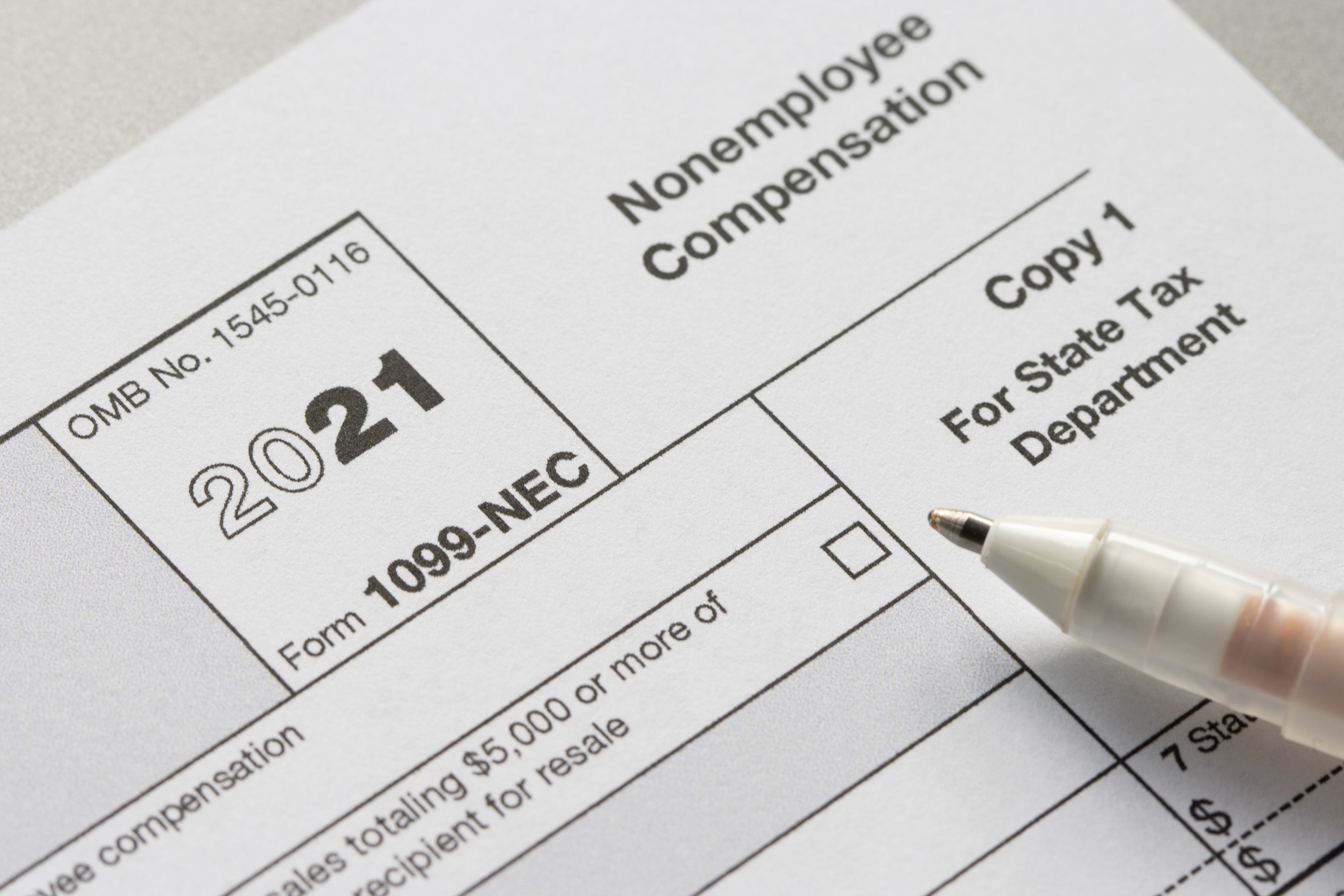Form 1099 (known simply as a “1099”) is a report, filed annually with the IRS and provided to payees, of payments made to certain payees in the prior calendar year. (A few US states impose similar reporting requirements.) IRS computers match the payments reported by payors with the payments reported by payees to determine whether there has been underreporting of income.
Although there are many variations on the 1099, the most common are Forms 1099-NEC and 1099-MISC. Form 1099-NEC is typically provided to nonemployee service providers, including freelancers. It must be filed by January 31 of each year. Form 1099-MISC is used to report rents, payments to an attorney, and other miscellaneous payments. Form 1099-MISC must be filed by March 1 of each year if filing on paper or by March 31 of each year if filing electronically.
The general rule is that payments must be reported for a payee if the total aggregate amount paid to that payee during the calendar year is more than $600. However, the general rule is subject to exceptions that significantly limit the reporting requirement.
The following types of payments do not need to be reported:
1. Payments to entities taxed as corporations;
2. Payments to a provider of goods, rather than services;
3. Payments to a governmental entity;
4. Payments to a foreign corporation; or
5. Payments made by credit or debit card.
Note that payments are reported on a cash basis. In other words, only payments actually made during the year are reported, without regard to when an invoice was raised.
To determine whether a payment must be reported and report it, you should ask the payee for Form W-9. Although a payee is legally required to provide a W-9 upon request, obtaining the W-9 before payment is made is the best way to ensure that you get the information you need without hassle.
